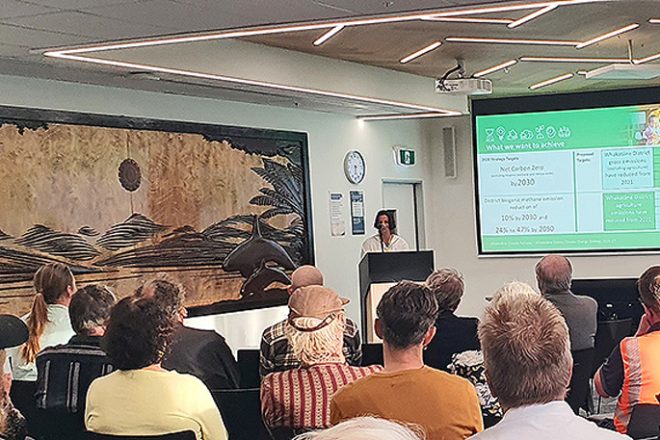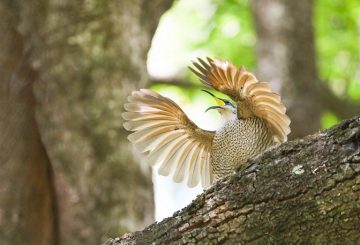気候変動が家庭、仕事、さらには生活に影響を及ぼし続けている中、ファカタネのコミュニティは、気候変動に関する議会の戦略についての考えを共有するよう奨励されています。サステイナブル・ベイ・オブ・プレンティのエグゼクティブ・ディレクターであるグレン・クラウザーは、最近のイベントでファカタネ地区議会の気候変動戦略草案を賞賛しました。彼は彼らのアプローチを他の議会と好意的に比較し、この問題について地域社会と関わろうとする積極的な取り組みを称賛しました。
同委員会の戦略は、温室効果ガスの総排出量を2027年までに 7%、2030年までに 12%、2040年までに 29%、2050年までに 39% 削減することを目指しています。また、地域社会が家庭、学校、職場でエネルギーを変えられるよう支援する目標も設定しています。ファカタネ市長のビクター・ルカは、気候変動に対する深い懸念を表明し、気候変動はすべての人の責任であることを強調しました。
同委員会の気候変動プロジェクトマネージャーであるキャシー・ボール氏は、気候変動は将来の問題ではなく、現在の問題だと強調した。彼女は例としてサイクロン・ガブリエルを挙げた。サイクロン・ガブリエルは国のGDPの 2% 以上の被害をもたらす可能性があり、気候変動危機への対処に必要な額を上回る可能性があると推定している。
2020年に初めて起草された同理事会の戦略は、政治的変化、技術の進歩、社会の変化を背景に検討されています。理事会は226の行動を特定し、それらに関する一般市民の意見を求めています。現在の長期計画草案では、これらの措置のすべてに資金が提供されているわけではない。コミュニティは、4 月 12 日までにフィードバックを提出するよう求められています。






























































